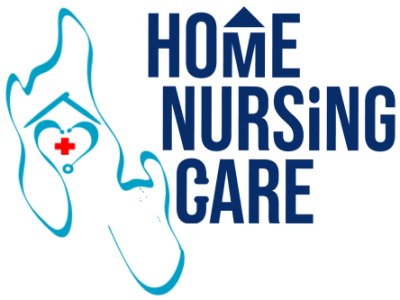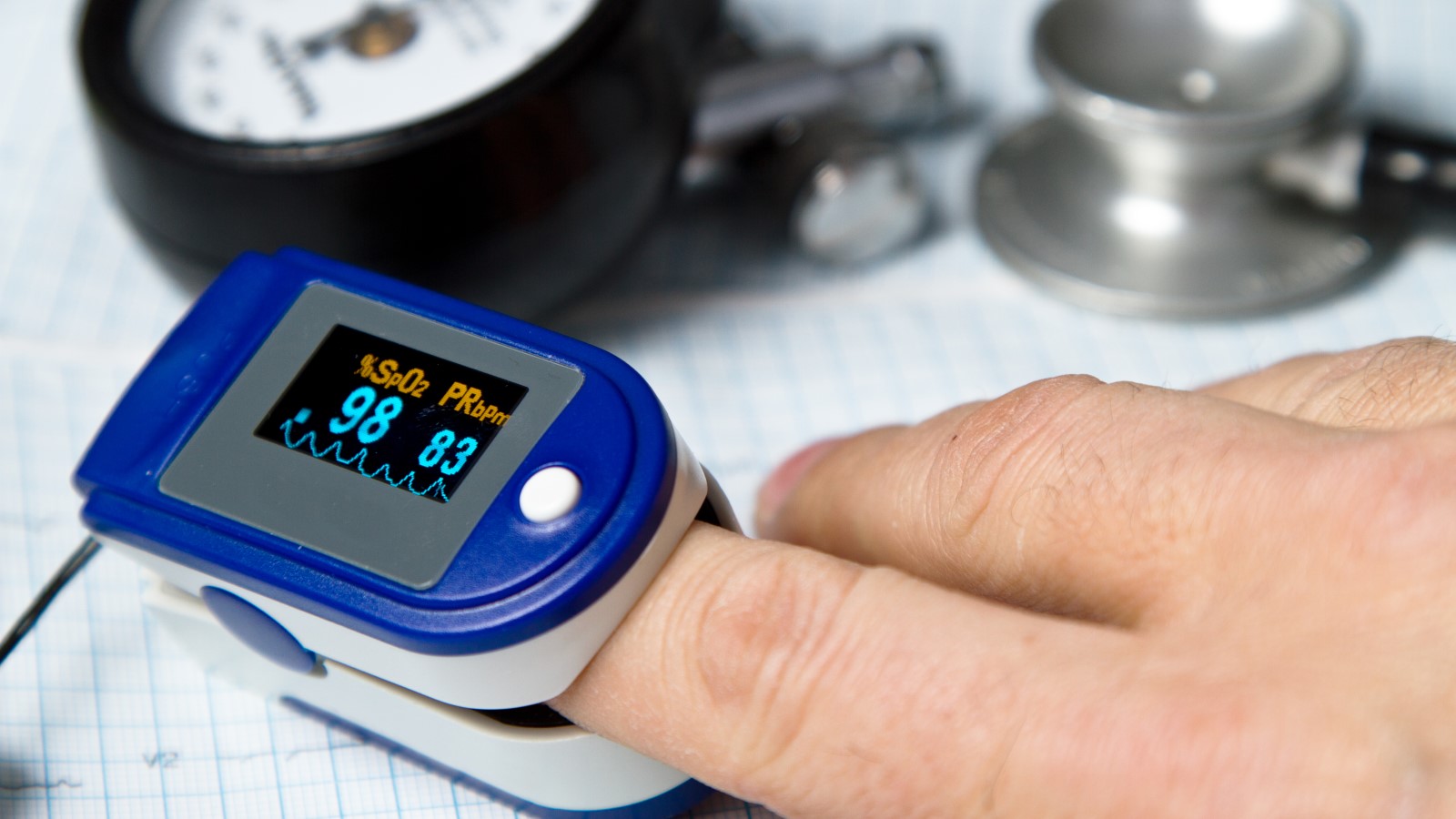La température corporelle, le pouls, le rythme respiratoire et la pression artérielle sont collectivement appelés signes vitaux, car ils fournissent des informations essentielles qui sont « vitales » pour les fonctions vitales. La mesure des signes vitaux est utile pour évaluer l'état de santé général d'une personne. Les signes vitaux sont également utiles au médecin pour évaluer l'étendue de la maladie et la réaction physiologique du patient aux défis posés par la maladie. Les signes vitaux peuvent être mesurés dans un cadre médical, à domicile, sur le site d'une urgence médicale ou ailleurs.
Vous devrez peut-être surveiller les signes vitaux lorsque vous êtes sous traitement médical, pour suivre l'évolution du traitement et son impact sur votre santé. Un contrôle de routine des signes vitaux à domicile peut vous aider à en garder une trace. Les paramètres vitaux servent de référence lorsque vous êtes en bonne santé et vous aident à analyser votre santé lorsque vous ne vous portez pas bien.
TEMPÉRATURE CORPORELLE
La température corporelle normale d'une personne varie selon le sexe, l'activité récente, la consommation d'aliments et de liquides, l'heure de la journée et, chez les femmes, le stade du cycle menstruel. La température corporelle normale peut varier de 97,8 degrés F (ou Fahrenheit, équivalent à 36,5 degrés C ou Celsius) à 99 degrés F (37,2 degrés C) pour un adulte en bonne santé. Lorsque la température d'un corps dépasse la température normale, cela indique une fièvre. Au contraire, une température inférieure à 95 degrés F est considérée comme une hypothermie.
RYTHME CARDIAQUE
Le pouls est une mesure de la fréquence cardiaque, ou le nombre de fois que le cœur bat par minute. Lorsque le cœur pousse le sang dans les artères, les artères se dilatent et se contractent avec le flux sanguin. Prendre un pouls mesure non seulement la fréquence cardiaque, mais peut également indiquer ce qui suit :
- Rythme cardiaque
- Force du pouls
Le pouls normal pour les adultes en bonne santé varie de 60 à 100 battements par minute. Le pouls peut fluctuer et augmenter avec l'exercice, la maladie, les blessures et les émotions.
TAUX DE RESPIRATION
Le rythme respiratoire est le nombre de respirations qu'une personne prend par minute. Le rythme est généralement mesuré lorsqu'une personne est au repos et consiste simplement à compter le nombre de respirations pendant une minute en comptant combien de fois la poitrine se soulève. Les taux de respiration peuvent augmenter avec la fièvre, la maladie et d'autres conditions médicales. Lors de la vérification de la respiration, il est important de noter également si une personne a des difficultés à respirer. Les fréquences respiratoires normales pour une personne adulte au repos varient de 12 à 16 respirations par minute.
PRESSION ARTÉRIELLE
La pression artérielle est la force du sang poussant contre les parois des artères lors de la contraction et de la relaxation du cœur. Chaque fois que le cœur bat, il pompe le sang dans les artères, ce qui entraîne la pression artérielle la plus élevée lorsque le cœur se contracte. Lorsque le cœur se détend, la tension artérielle chute.
Deux chiffres sont enregistrés lors de la mesure de la pression artérielle. Le nombre le plus élevé, ou pression systolique, fait référence à la pression à l'intérieur de l'artère lorsque le cœur se contracte et pompe le sang dans le corps. Le nombre inférieur, ou pression diastolique, fait référence à la pression à l'intérieur de l'artère lorsque le cœur est au repos et se remplit de sang. Les pressions systolique et diastolique sont enregistrées en "mm Hg" (millimètres de mercure).
Avantages de la surveillance des signes vitaux au domicile du patient :
- Il aide le patient à tenir une feuille enregistrée
- Vous aider à prendre en charge les patients alités pour qui l'hospitalisation est un travail pénible
- Pas besoin de plusieurs visites à l'hôpital
- Durée du service selon le traitement
- Récupérez dans le confort de votre maison

